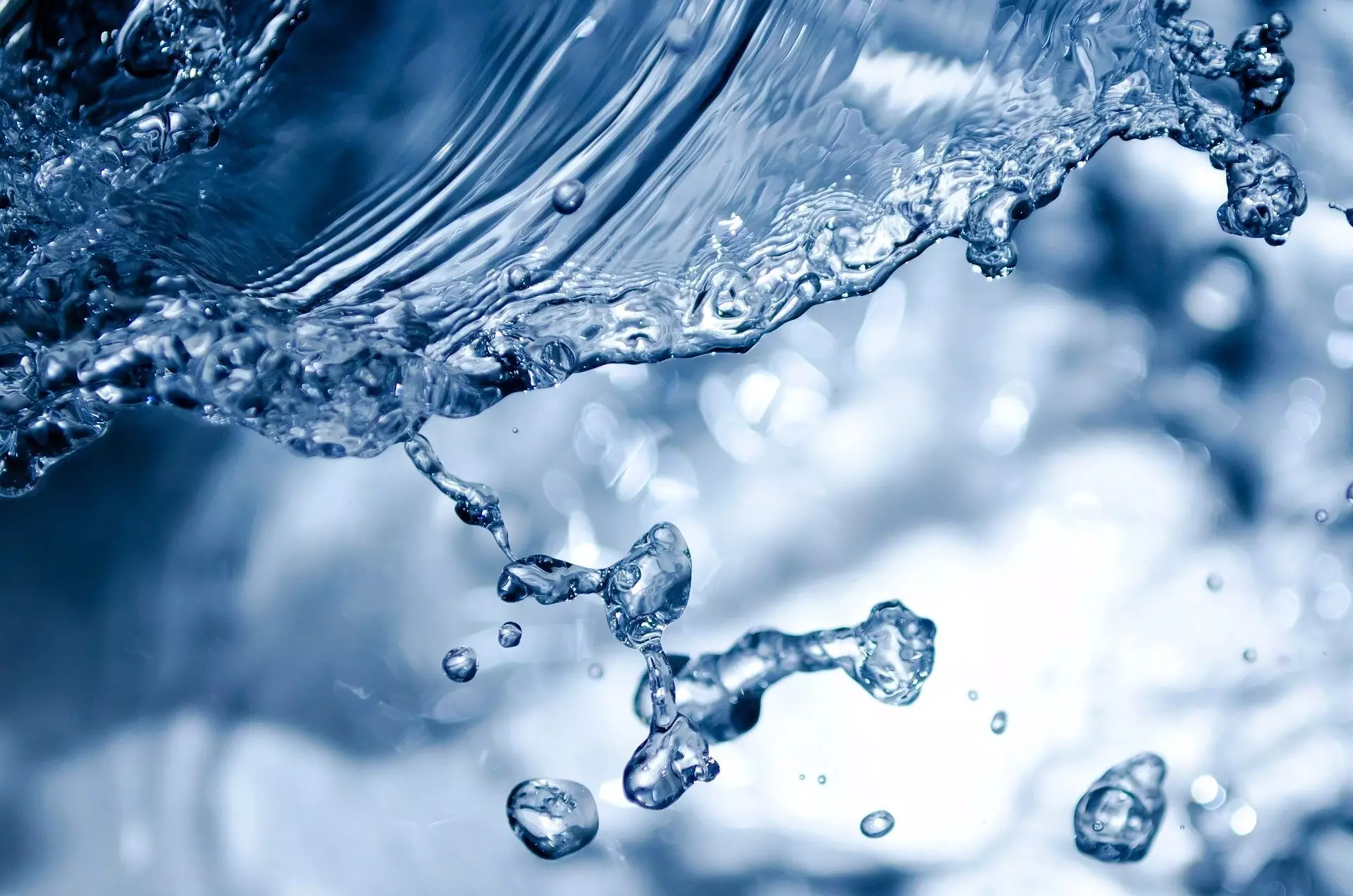In a world grappling with the challenges of a growing population, increasing energy demands, and mounting freshwater needs, innovators from Cornell University have developed a groundbreaking system that offers a dual solution. Not only does this system cultivate green energy, but it also desalinates ocean water to provide a reliable source of freshwater for drought-stricken coastal populations. This article explores the Integrated Pumped Hydro Reverse Osmosis System (IPHROS) and its potential to revolutionize the way we address energy and hydration needs in coastal cities.
The IPHROS system is a two-system model that combines energy storage and freshwater production in a symbiotic way. The concept involves pumping seawater to a mountaintop reservoir, utilizing gravity to send the salty water down to a co-located hydropower plant and reverse osmosis desalination facility. This integration allows coastal communities to tap into renewable energy for their electric grid while simultaneously producing potable water through reverse osmosis.
Coastal regions, such as Southern California, often face recurring droughts and a constant need for freshwater, particularly for agricultural purposes. The IPHROS system presents a viable solution by efficiently harnessing renewable electricity to pump seawater to the mountaintop reservoir. The water then cascades down to the hydropower plant and a community-scale desalination system. The leftover brine, a byproduct of desalination, is diluted with the ocean water and conveyed back out to sea, away from the coast. This process not only addresses the freshwater scarcity but also minimizes the environmental impact caused by the discharge of highly saline brine.
According to Maha Haji, an assistant professor in the Sibley School of Mechanical and Aerospace Engineering at Cornell University, and Matthew Haefner, a doctoral student in systems engineering, the optimized design of the IPHROS system has the potential to supply an astounding 79.5 million kilowatt-hours of electricity and 5.79 million cubic meters of fresh water per day. To put this into perspective, such a system could serve the daily needs of approximately 661,000 homes. Not only does this design offer an environmentally friendly way to produce energy and freshwater, but it also reduces capital investment in building costs and lowers maintenance overhead.
Water scarcity and increased energy demands are global challenges that require innovative solutions. The IPHROS system has the potential to alleviate these issues, especially in regions where access to clean drinking water is limited. The depletion of aquifers, accelerated by factors such as urbanization and global warming, poses significant threats to historically water-secure regions. By utilizing the IPHROS system, communities can secure a sustainable source of freshwater while mitigating the strain on existing water supplies.
The concept of pumped storage hydropower (PSH) forms the foundation of the IPHROS system. PSH involves using an upper reservoir to supply a lower reservoir for energy generation. With 43 PSH plants already in operation in the United States, this technology offers proven flexibility in balancing electricity supply and demand for regional grids. According to the U.S. Department of Energy (DOE), PSH accounts for 93% of all utility-scale domestic energy storage capacity, emphasizing its significance in the energy sector. The IPHROS system builds upon this technology by introducing a comprehensive mathematical modeling framework that optimizes design and operations, maximizing both freshwater and energy production.
As the world grapples with the pressing need for sustainable energy and water solutions, the IPHROS system provides a beacon of hope. With its integrated approach, this system offers a practical way to address the energy and hydration needs of coastal cities. However, as Maha Haji aptly points out, the future will present even greater challenges. The demands for energy and water will continue to escalate, emphasizing the urgency for further innovations and advancements in this field. The IPHROS system paves the way for future research and development, pushing the boundaries of sustainable engineering to meet the demands of our ever-changing world.
The Integrated Pumped Hydro Reverse Osmosis System (IPHROS) presents a transformative solution to the pressing challenges of energy and water scarcity. By synergistically combining renewable energy generation through hydropower with reverse osmosis desalination, the IPHROS system offers a dual benefit for coastal communities. As we progress towards a future characterized by growing population and increased resource demands, innovations like the IPHROS system pave the way for a sustainable and resilient world.


Leave a Reply